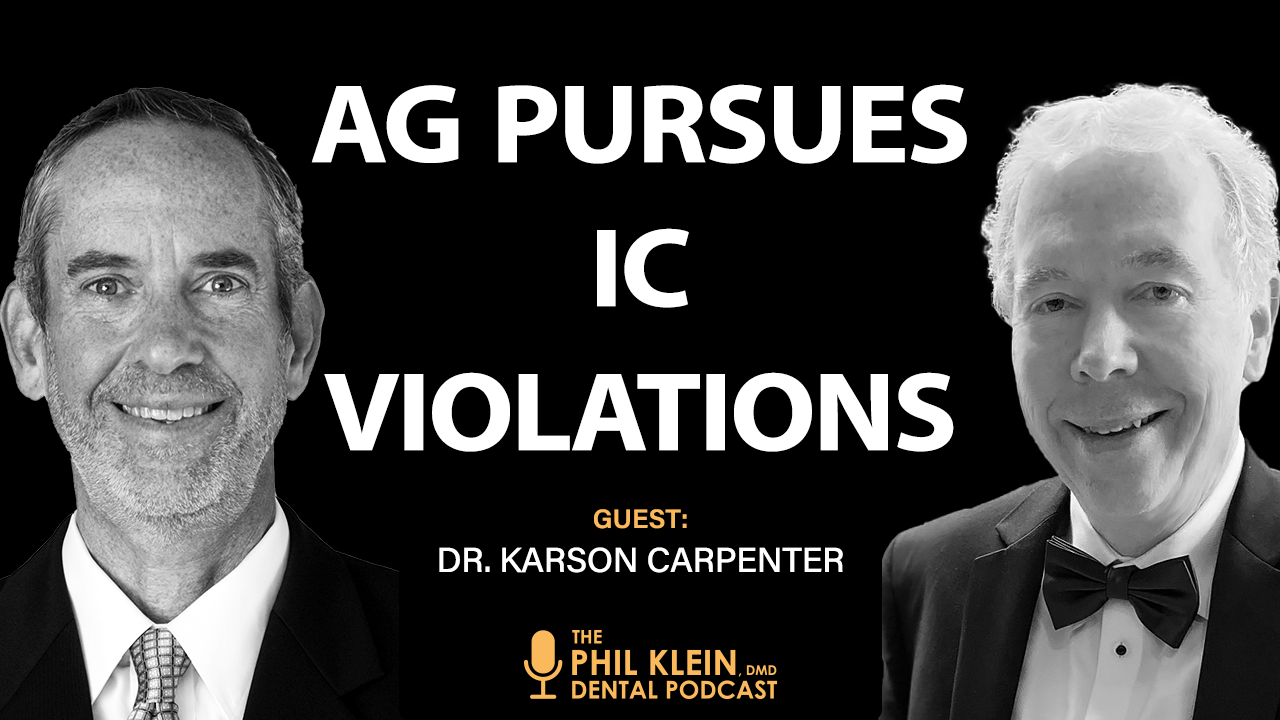
Local Anesthetic Urgencies and Emergencies

How many times a week, month or year do you inject local anesthetics? How often do you think about the potential risks that these injections pose? If a patient has a serious reaction, how prepared are you to address the situation?
As you know, local anesthetics and vasoconstrictors (i.e., the epinephrine that is typically in the cartridge with the anesthetic) can lead to everything from mild side effects to extreme medical emergencies. It is imperative that you know how to minimize the risk, recognize the signs and symptoms of trouble and manage an emergency situation if it happens.
The two main causes of reactions are allergies and toxicities.
Allergens in local anesthetics
Luckily, allergic reactions to local anesthetic injections are extremely rare. “As a group,” shares Dr. David Isen, an expert in IV sedation who runs a dental clinic in Toronto, Canada and speaks internationally about the use of sedation in dentistry and the management of medical emergencies in healthcare settings, “it is extremely rare for the four amides that are available in the U.S. and Canada to cause an allergic reaction.”
Even so, it can happen.
“The local anesthetic cartridge,” says Dr. Isen, “has a few potential allergens inside. The most likely allergen is the preservative, sodium metabisulfite, which is in that cartridge to give the epinephrine its potential shelf life. It’s not for the local anesthetic; it’s for the epinephrine.”
For topical anesthetics, which are usually ester-based, it is the esters themselves that can be allergens.
“So,” Dr. Isen explains, “a topical ester like benzocaine or tetracaine can itself be an allergen. But lidocaine, articaine, those amide injectable local anesthetics – it’s very rare to be allergic to those.”
How do you know if a patient is allergic to an ingredient in local anesthetics?
The best way to learn this is to dig into their medical history.
“Sometimes it hits you by surprise,” Dr. Isen admits. “But sometimes people who have one allergy are more likely to have multiple allergies.”
If a patient reports an allergy on their medical history, ask if they have ever had a side effect or adverse event after being injected by a local anesthetic. The allergy-related adverse events that one would expect include hives, swelling, rash or runny nose. In other words, the kinds of typical allergy signs and symptoms that we all know of.
That said, Dr. Isen points out that if a patient has had a reaction in the past, the only way to be certain about which ingredient caused the problem is to have the patient tested by an allergist. You can give the person a few cartridges of local anesthetics – lidocaine, articaine and a plain cartridge – and write on your prescription form that the patient needs to be tested for lidocaine, articaine and sodium metabisulfite.
What are your options for anesthetic if a patient has an allergy?
If the patient is allergic to sodium metabisulfite, you can simply choose a plain solution. If the cartridge does not contain a vasoconstrictor then it will not contain a sulfite. However, doing this could potentially decrease your working time.
“If we’re doing an inferior alveolar nerve block with a plain solution,” Dr. Isen reports, “we should get a good hour or so working time. So for blocks in the mandible, our working time isn’t that much shorter. But of course, for infiltrations, we might only have 20 or 30 minutes of working time if we infiltrate over a bicuspid in the maxilla.”
How do you manage an allergic reaction if it occurs?
Most allergic reactions happen within the first hour of exposure, although in very rare cases, the body can release histamine up to 72 hours after the challenge. So it’s remotely possible that the allergic reaction or even anaphylaxis can happen two days later, after they’ve gone home.
Treat urticaria – hives, swelling, rash – with antihistamine. “The standard,” Dr. Isen reminds us, “is diphenhydramine or Benadryl® with a 50 milligram dose for an adult, one milligram per kilogram for a child, injected in the deltoid muscle. That injection is going to make them sleepy.”
What if the reaction goes beyond allergy and becomes anaphylaxis, with its hallmark drop in blood pressure or closing of the airway? In this case, do not use antihistamine, as antihistamine is not effective in treating anaphylaxis. These patients need epinephrine – either an EpiPen® or a deltoid injection of epinephrine – and then they need to be transported to the emergency room via ambulance. Have a staff member call the paramedics while you give the injection. Sometimes that one dose of epinephrine fully resolves the reaction. Other times the anaphylactic reaction returns 10 minutes to five or six hours later. You want the patient to be in a hospital setting if and when that happens.
[blogad]
Toxicity of local anesthetics
As you know, each of our local anesthetics has a different milligram per kilogram dose that you can give before you reach a toxic threshold. In addition, some people are simply more sensitive to the toxic effects of a local anesthetic and will react to doses that are well below the official toxicity threshold. This situation can be likened to that of people who are sensitive to alcohol, who feel drunk after one or two glasses of wine.
For lidocaine, which is a 2% solution, the official toxicity threshold is seven milligrams per kilogram. The threshold for articaine, which is a 4% solution, is also seven milligrams per kilogram. “So,” Dr. Isen points out, “when we inject articaine versus lidocaine, because they both have the same maximum dose, we’re giving twice as much articaine as we are lidocaine. Although articaine is an excellent local anesthetic, and I use it all the time, I always have it in the back of my mind that it’s a 4% solution and maybe it’s not the best drug choice for a four-year-old or somebody where I need to give 10 cartridges. Maybe articaine has to be injected more slowly over time, because toxicity happens faster with that solution versus lidocaine.”
What are the signs and symptoms of a toxicity reaction?
When you’re dealing with a toxicity problem from a local anesthetic, the signs and symptoms usually happen within 20 to 30 minutes after the injection.
“People usually feel agitated,” Dr. Isen observes. “They feel like they want to get up and walk around. They may be nauseous. They may start to sweat. Their blood pressure might go up. They might feel tingly or like tremors happening.
“If those reactions happen, in most cases if we stop and we don’t inject more, they’ll metabolize the local anesthetic and they won’t have a toxic reaction. In rare cases, in those sensitive people or in small children, the reaction can be life-threatening, where a severe seizure occurs. Then the blood pressure goes way down, and somebody could have cardiac arrest in the worst-case scenarios.”
What should you do if a patient has a seizure?
If a patient has a seizure, immediately stop all dentistry and call for the paramedics. While waiting for them to arrive, do a head tilt chin lift to maintain the patient’s airway and administer oxygen. If they stop breathing, you must do a form of artificial respiration, such as with a bag valve mask.
How should you approach patients who have underlying medical issues?
The answer here depends on the nature of the medical issue. For example:
-
Liver disease – The best choice injectable local anesthetic for a patient who has liver disease is articaine, such as Orabloc®. This is because the major metabolic breakdown process for articaine is in the blood by plasma cholinesterase. Plus, studies have shown that articaine gets through the nerve membrane better than other injectable local anesthetics.
- Hypertension or cardiovascular disease – Dr. Isen recommends that you start by taking the patient’s baseline blood pressure, and then check it again every 10 minutes or so. “As a guideline,” he says, “a 15 to 20% rise in that [blood pressure] is acceptable during a dental procedure. But anything more than that, I would say would be important to stop.”
However, if the patient starts to feel chest pain, nausea or weakness, or starts to sweat or turn pale, that’s a clear indication that you must stop immediately – regardless of what the blood pressure reading might be.
What can you do to be prepared for these medical emergencies?
Annual training – and having an up-to-date medical kit – are key. Make sure that everyone in your office undergoes basic life support training at least once a year, because once every two years, as many jurisdictions requires, really isn’t enough.
Be sure to do the training in as simulated a way as possible. For example, Dr. Isen advises, “Take your medical emergency drugs, which you’re going to throw out every year, and inject them into an orange. Put on that bag valve mask. Practice taking out your oxygen tank and knowing what it looks like, how to turn it on and make sure it’s full. Make sure the drugs aren’t expired.”
While medical emergencies, by definition, are never planned, you can and must plan and prepare to deal with them.
Image sourced from Freepik.























